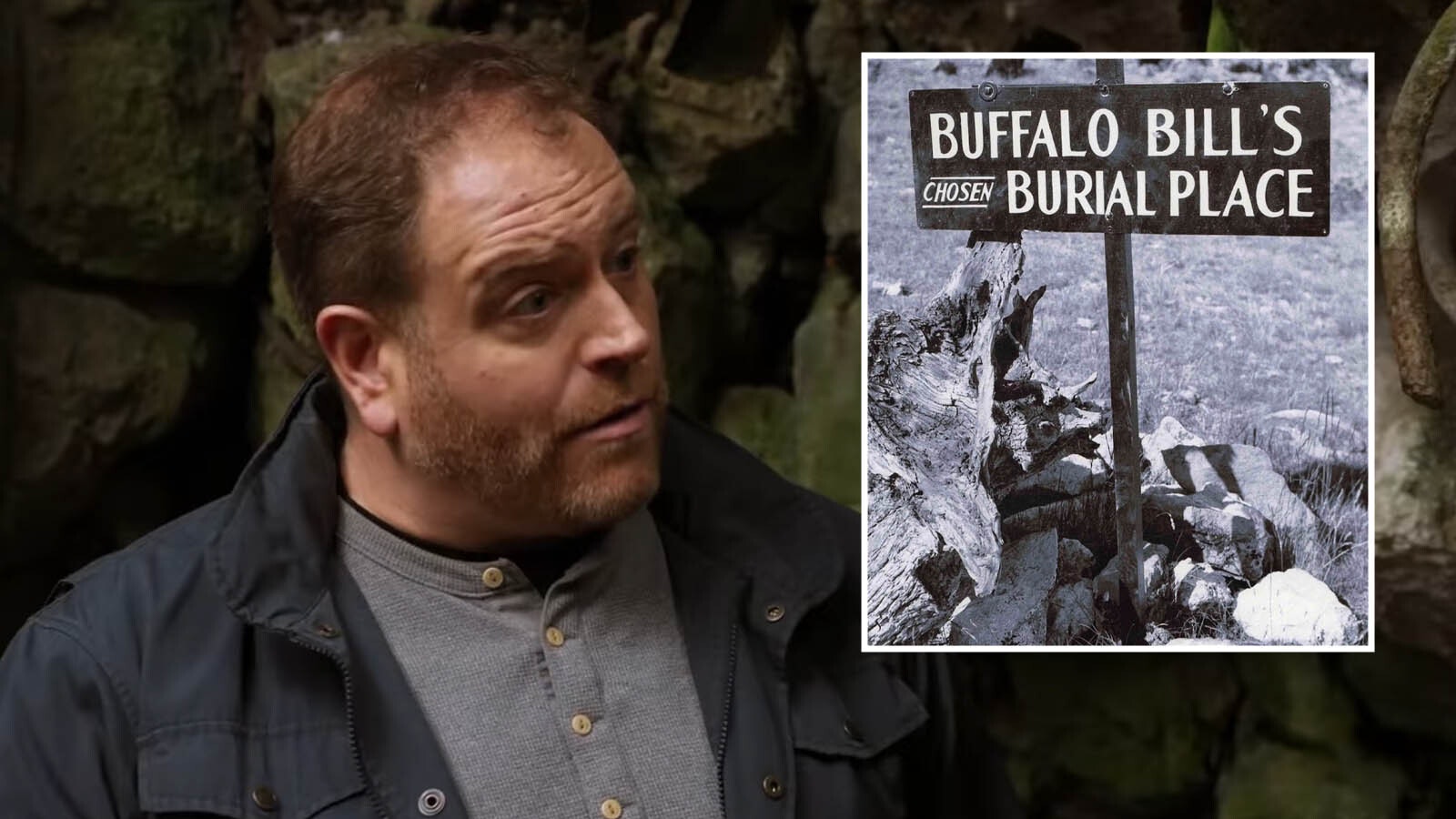When there aren’t a lot of giant boulders pummeling down onto the highway through Wind River Canyon, that’s what the Wyoming Department of Transportation considers a good “rockfall season.”
Along the picturesque, winding and steep-sided drive through the canyon along the 100-year-old Yellowstone Highway there’s an extra season between winter summer. Everywhere else in Wyoming, that’s spring. In the canyon, it’s rockfall season.
WYDOT has responded to a pair of minor rockfalls last week, both about 10 miles south of Thermopolis. Neither was significant enough to hamper traffic, and both were quickly and efficiently cleared away. But it’s not uncommon for the highway to be closed for hours — or sometimes days — at a time to clean loose rocks and boulders off the road.
Cody Beers, a spokesman for the Wyoming Department of Transportation, said rockfalls are expected at this time of year.
“Most of our rockfalls happen in the Wind River Canyon in the spring,” he said. “The earth is constantly moving in that canyon, and rockfalls can quickly become routine.”
WYDOT regularly patrols the canyon, looking for rockfalls and cleaning any it finds. So far this year, the department hasn’t been very busy — and that’s a good sign from Beers’ perspective.
Slide Season
Spring is the season for rockslides in the many canyons throughout Wyoming. As more moisture soaks into the ground, it contributes to contractions and expansions that lead to rockfalls, debris flows and mudslides.
“We're going through the daily freeze-thaw process,” Beers said. “At night, the ground freezes and contracts. Then, in the daytime, when the sun gets into the canyon for a couple of hours, it thaws and everything expands, which tends to break rocks loose.”
The Wind River Mountains has received a lot of moisture recently, so a few rockfalls can be expected. But there haven’t been nearly as many rockfalls this season.
Beers said WYDOT cleared up a minor rockslide near Thermopolis last week that required some rock destruction and repaving a small section of U.S. Highway 20. Otherwise, there hasn’t been a lot of urgent rock-clearing this year.
“We’ve had little to no rockfall this year, thank God,” he said. “This has been a good year.”
Mitigation Works
Beers credits the lack of rockfalls this season to recent rockfall mitigation projects in the Wind River Canyon. WYDOT has spent the last decade trying to reduce the risk of rockfalls in the canyon, primarily by causing them in a controlled environment.
“We've done two separate, fairly major projects in the Wind River Canyon over the last 10 years,” he said. “We've moved a lot of those loose rocks down to the road and put up several rock mesh projects to catch rocks and slow them down.”
Another method of rockfall mitigation involves rock climbers scrambling along the canyon walls and knocking down whatever loose rock they find. Beers suspects the lack of rockfalls this season is a sign of stabilization.
“Sometimes it takes a few years after a scaling project to get the rockfall to stabilize, but it does stabilize in time,” he said. “I think we're seeing the benefits of several years of mitigation work now because it's been a relatively quiet year.”
Canyon Country
It may be a good rockfall season for the Wind River Canyon, but WYDOT isn’t resting easy. Plow trucks drive the entire length of the canyon around five times a day, ready to respond to any rocks that need to be removed from the road.
Beers reminds Wyomingites that rockfall season is here and everywhere. The earth is always moving, and drivers need to be alert and aware when traveling through any of the Cowboy State’s canyons.
“All the canyons in Wyoming are at risk of rockfalls,” he said, “If you’re over by Bondurant, the Snake River Canyon, or the North Fork Highway near Cody. All those places have had more than a normal amount of moisture in recent days. Rockfalls aren’t unique to the Wind River Canyon. It's a common thing.”
When encountering a rockfall, the best thing to do is to get some distance between yourself and the falling rocks. Once you’re safe, call the Wyoming Highway Patrol to inform them of the rockfall’s location.
Beers discouraged anyone from trying to clear the road themselves. He doesn’t fault anyone’s intentions, but stopping and getting out of a vehicle to remove a rock from the highway isn’t worth the risk. It’s best to let WYDOT do the heavy lifting when necessary.
“I would never tell the public to get out of their cars and start removing rocks from the road,” he said. “What I would tell you to do is find a place that's got a cell signal and call WYDOT or the Wyoming Highway Patrol to report it.”
WYDOT’s mitigation efforts in the Wind River Canyon are paying off by not letting large rockfalls show up on U.S. Highway 20. But the risk remains, and Beers hopes Wyoming drivers keep their safety in mind.
“Our maintenance crews were in (the canyon) doing work, and they'll continue to do that work, especially with this wet weather we're having,” he said. “But people need to be on the lookout in all our canyons. Gravity moves rocks, and the earth is always moving.”
Andrew Rossi can be reached at arossi@cowboystatedaily.com.









